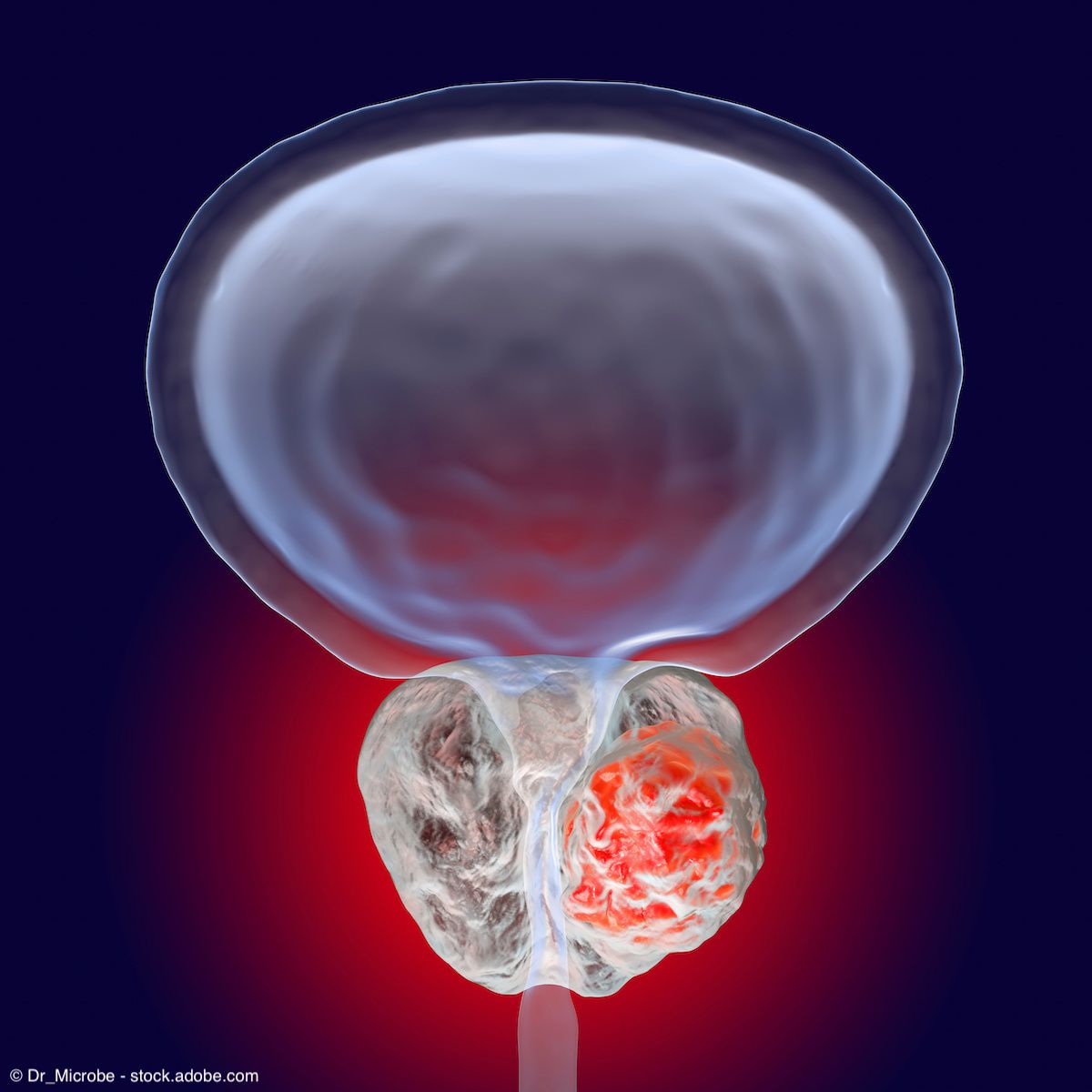Article
CCP score strong predictor of localized PCa outcomes
Results of a validation study confirm that cell cycle progression score provided by a commercially available genomic test (Prolaris) is a strong and independent outcome predictor in men with conservatively managed, clinically localized prostate cancer.
Chicago-Results of a validation study confirm that cell cycle progression (CCP) score provided by a commercially available genomic test (Prolaris, Myriad Genetics, Salt Lake City) is a strong and independent outcome predictor in men with conservatively managed, clinically localized prostate cancer.
The research also showed that a combined score created using the CCP score and a validated prediction score incorporating standard clinical variables (Cancer of the Prostate Risk Assessment or CAPRA) performed nearly perfectly in predicting 10-year prostate cancer mortality for this patient population, said first author Jack M. Cuzick, PhD, at the American Society of Clinical Oncology annual meeting in Chicago.
Related - Upfront chemo plus ADT dramatically improves survival
The CCP score is calculated based on the expression of 46 CCP genes in prostate cancer tissue. CAPRA integrates centrally reviewed Gleason score, baseline PSA, age, clinical stage, and extent of disease. The combined score, known as the clinical cell cycle risk (CCR) score, is calculated using a linear combination of the CAPRA and CCP scores. CCR score values range from –1 to 6, and across this spectrum, the predicted 10-year rate of prostate cancer mortality rises regularly from 1% to over 50%.

Dr. Cuzick“We believe our study provides good evidence that as its first clinical use, the CCP score adds value for guiding management decisions in men with localized prostate cancer considered to be at low to intermediate risk according to clinical variables,” said Dr. Cuzick, professor of epidemiology and head of the Cancer Research UK Centre for Cancer Prevention at St. Bartholomew’s Medical School, Queen Mary University of London.
“This opportunity for more accurate prognostication in men with localized prostate cancer is very exciting considering the limitations of our current tools.”
The validation study included information from 585 men diagnosed with prostate cancer by needle biopsy between 1990 and 2003 who went on to watchful waiting as primary therapy. A CCP score was available for all men, as was full information on outcomes and clinical features at diagnosis as obtained from UK cancer registry data, hospital records, and histopathology review of diagnostic needle biopsies. During a median follow-up of 9.5 years, the prostate cancer mortality rate was 17%.
Findings from univariate analysis showed the 10-year risk of prostate cancer mortality doubled with each unit change in CCP score. The estimated 10-year prostate cancer mortality rate was 7% for men with a CCP score ≤0, 15% if the CCP score was 0 to 1, and rose to 30% and 59% for men with a CCP score of >1 to 2, and >2, respectively.
Next: CCP score shows greater predictive value than CAPRA
More on Prostate Cancer
Epigenetic test may cut unneeded repeat PCa biopsies
Genomic test helps guide decisions on RT after RP
Diagnosing docs strongly influence PCa Tx decisions
Additional analyses showed the CCP score had greater predictive value than the CAPRA score, while the accuracy in predicting 10-year prostate cancer mortality was nearly doubled using the CCR score compared to the CAPRA score. The predictive value of other clinical risk scores (by Kattan [Cancer 2008;112:69-74] and Cuzick [Br J Cancer 2006; 95:1186-94]) was similar compared to CAPRA, and the CCP score augmented them similarly when they were combined.
Significant reclassification
Dr. Cuzick noted that the CCR resulted in significant risk reclassification across all CAPRA risk groups, with both upgrading and downgrading of risk. For example, the 10-year prostate cancer mortality rate among 80 men considered low risk by their CAPRA score (0-2) was 4.0%, but the CCR score indicated 14% of these men had a higher risk. Within the subgroup of 207 men considered at intermediate risk based on CAPRA score (3-5) alone, about 15% were shifted into a low-risk group (10-year prostate cancer mortality <4%) according to the CCR score.
“We found that the CCP score adds quite a lot of prognostic information not contained in the CAPRA score alone,” Dr. Cuzick said.
“We identified a sizable group of men who most likely would have gone on to have radical prostatectomy based on their CAPRA score, but may instead opt for conservative management when their CCR score predicted risk is used.”
Further analyses are now being conducted to explore how the CCP score might inform management decisions for other groups of prostate cancer patients, including whether it can help in selecting men who should receive chemotherapy after radical prostatectomy or has value for monitoring patients on active surveillance.
“If a man on active surveillance undergoes biopsy because of rising PSA, a CCP score determined from the biopsied tissue might identify men who can continue to be watched and those who should go on to active treatment,” Dr. Cuzick explained.
Dr. Cuzick has received honoraria and research funding from Myriad Genetics, and several of his co-authors have received research funding or have an employment/leadership position in and/or own stock in the company.UT
Subscribe to Urology Times to get monthly news from the leading news source for urologists.




